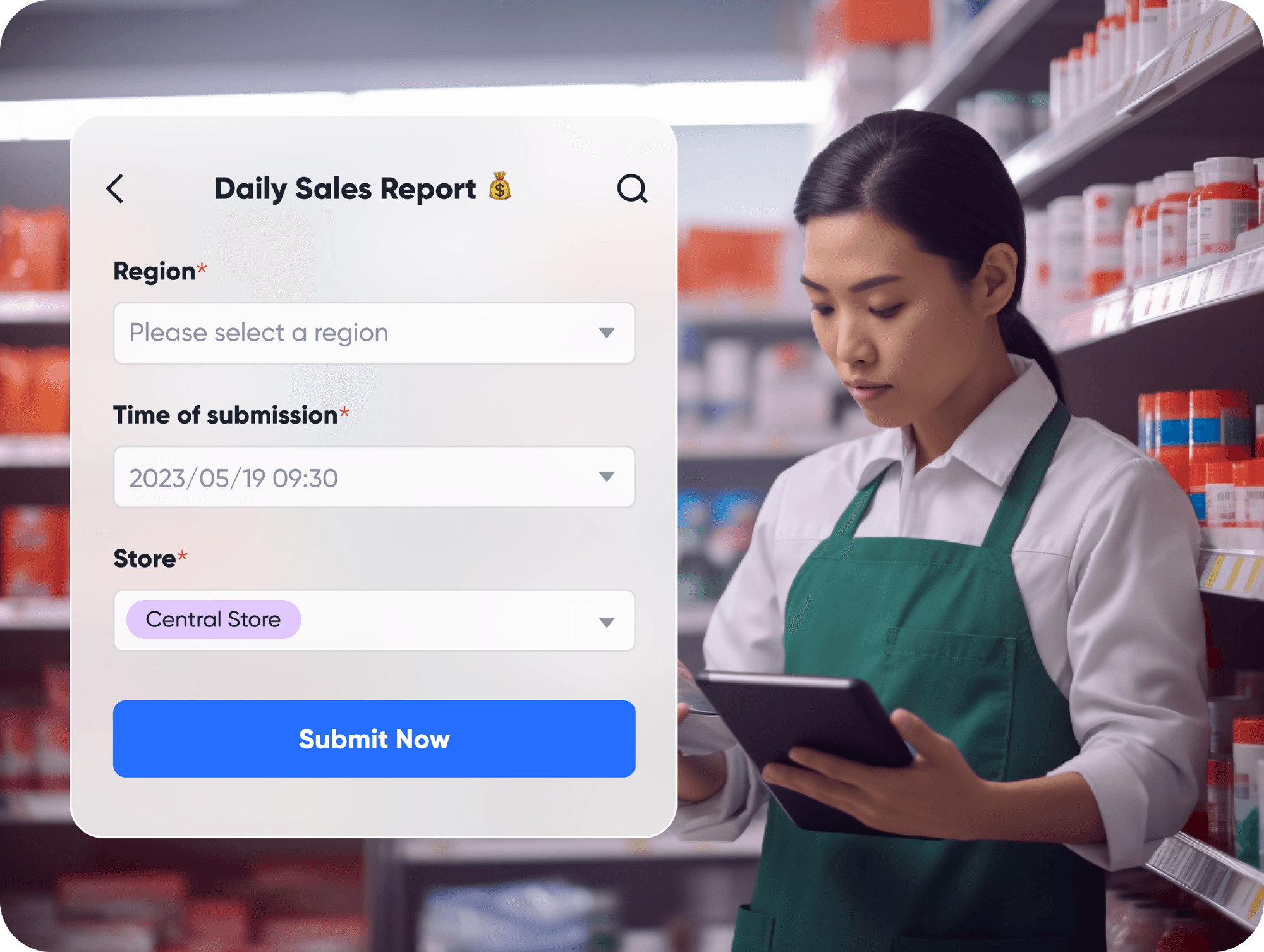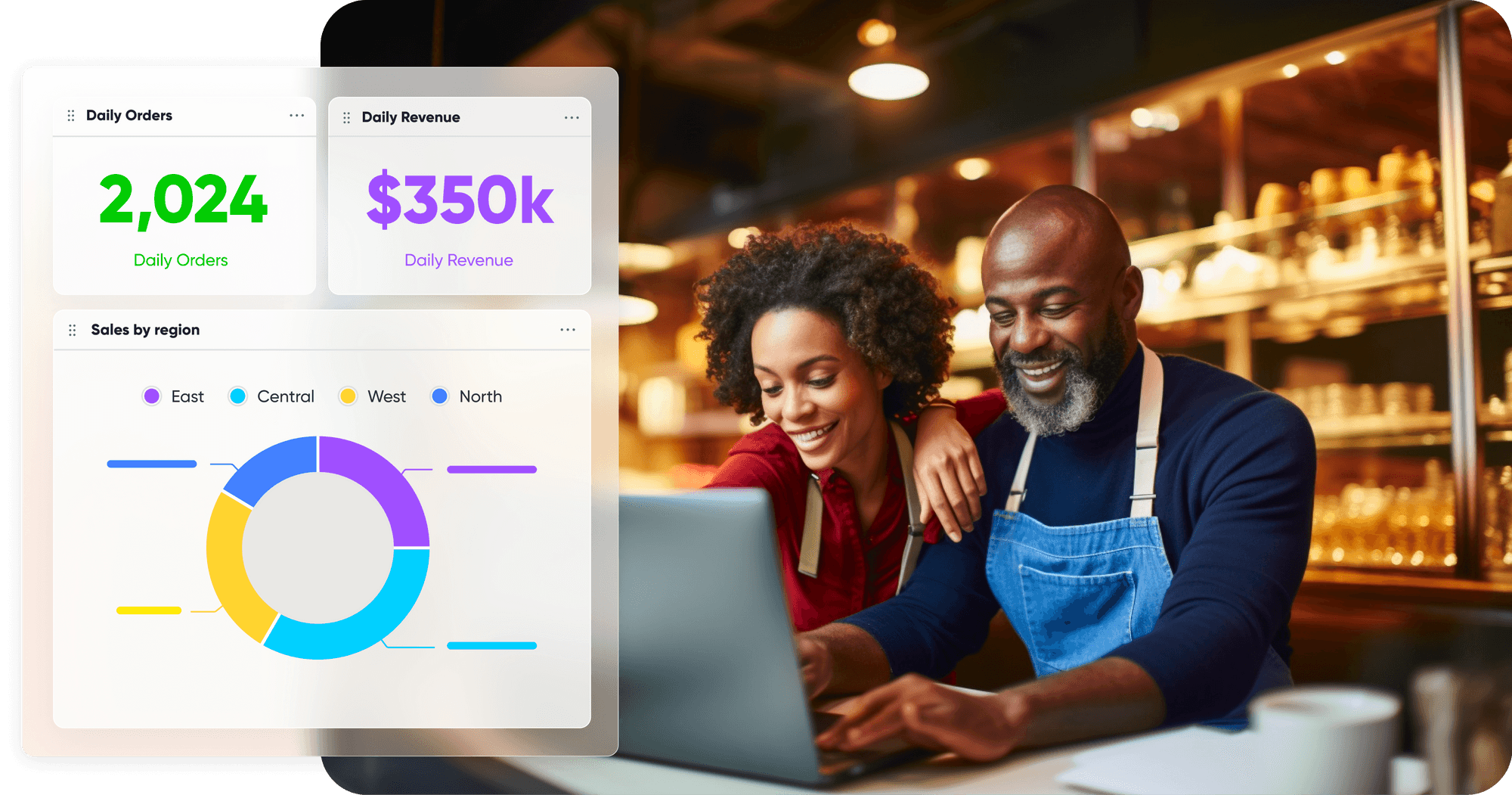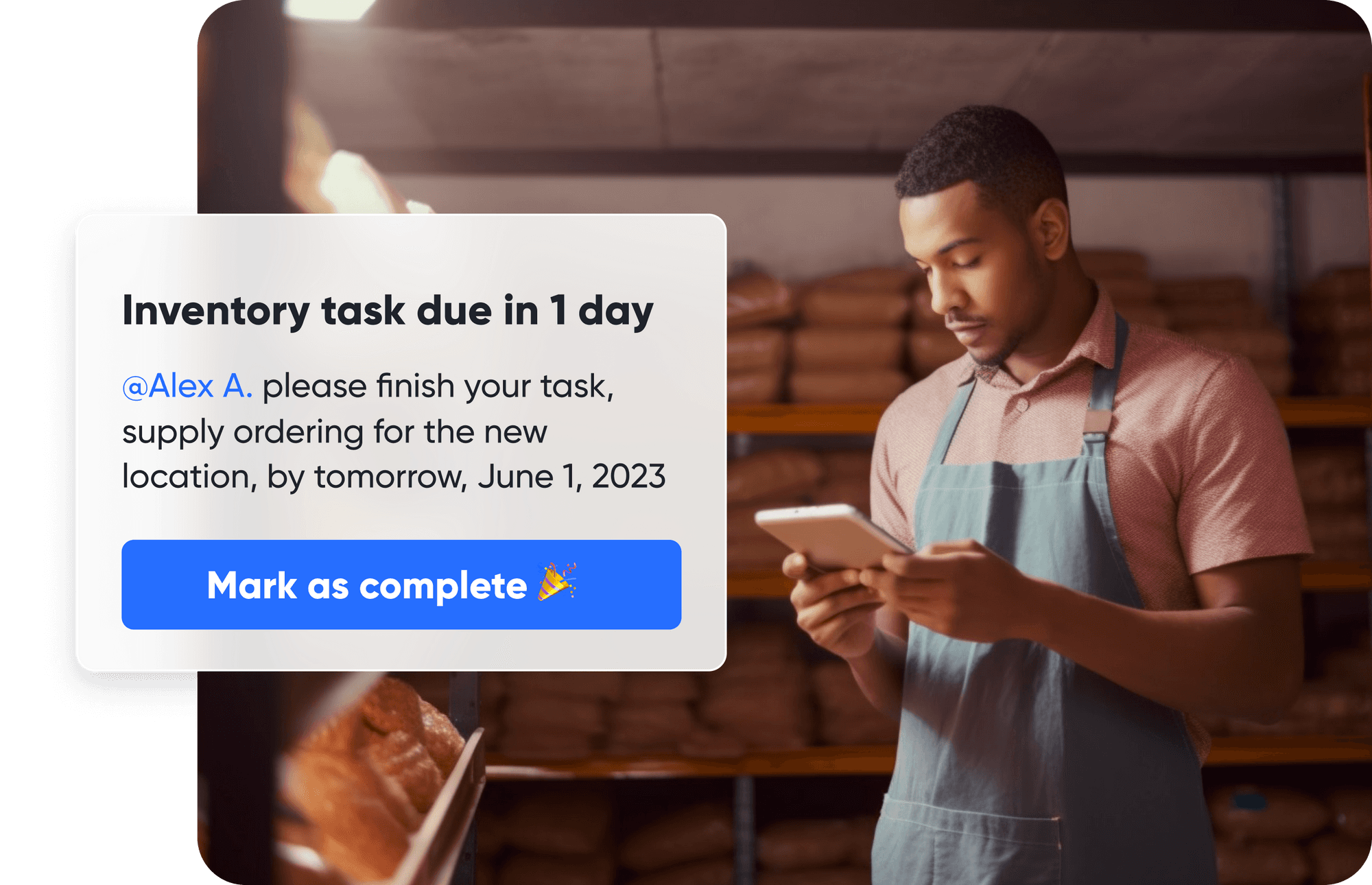As the owner of a brick-and-mortar business, keeping track of your restaurant's profit margin is essential to running a successful business. According to Toast, while the average profit margin for a restaurant can range from 0 to 15 percent, it usually falls between 3 and 5 percent.
Understanding how to calculate and track it can help your business make informed decisions about pricing, supplies, and staffing. In this blog post, we will share four tips on how to keep track of your restaurant's profit margin.
How to calculate and understand restaurant profit margin?
To calculate the profit margin, you need to subtract the cost of goods sold (COGS) from your revenue and divide that number by your revenue. The result will be a percentage that represents your profit margin. For example, if your revenue is $10,000 and your COGS is $6,000, your profit margin would be 40%.
Understanding your profit margin is crucial because it helps you determine how much money you have left over after paying for expenses. This information can be used to make informed decisions about pricing and menu items to ensure that you are making a profit.
Why keeping track of restaurant profit margins is important, and how
Keeping track of profit margins is essential for restaurant owners because it allows them to understand how much money they are making and where their money is going. Without proper tracking, it is challenging to know if the restaurant is profitable or not.
Additionally, not being able to track profit margins properly can result in overspending on expenses, which can lead to a decline in profits.
Below are four tips provided by our clients in the retail, food and beverage, and supermarket industries to help you start track your profit margins accurately.
1. Make daily revenue reporting easier
In order to track profit margins accurately, you will need to have an accurate revenue sheet that includes the sales from all of your locations.
One way to make daily revenue reporting easier is by giving store managers the ability to submit daily numbers through their phones, so that they can easily enter the numbers without getting lost in multiple spreadsheets.
Ideally, all records should be consolidated into a single table upon submission. This makes daily reporting even easier, particularly when it comes to accurate revenue reporting. No one should have to go through the pain of combining Excel sheets.

2. Use data visualizations to identify trends
Instead of drowning in rows of data in Excel sheets, we recommend using charts to identify trends in your profit margin. This will make it easier for both store managers and management teams to see the trends and identify areas to improve.

For instance, you can use pie charts to understand the contribution of each business location to your sales numbers, and apply a line chart to examine revenue changes over time. By doing so, you may discover restaurant profit margin insights that you would have missed by simply looking at a table of numbers.
Charts can be a useful tool for communicating your findings to each store. This way, every employee can feel involved in the business and find ways to improve in their work.
3. Review staffing situations regularly
It is important to regularly review staffing situations and accurately arrange shifts. This helps ensure that you are not understaffed to the point where customers turn away due to a lack of service, and that you are not overstaffed during non-peak seasons, which can result in unnecessary labor costs.
4. Stay on top of inventory costs
In addition to paying attention to sales numbers, don't forget to track costs, especially inventory. Tracking inventory includes stocking, usage, and purchases, so that you can identify waste of all kinds and improve margins by cutting unnecessary costs, such as food defects, food waste, and cost of quality.

Conclusion
Keeping track of your restaurant's profit margin is essential to running a successful business. By following the tips outlined in this blog post, you can make informed decisions about where to spend and where to save in order to keep the margin growing.
If you are looking for a tool to help you with shift management, inventory tracking, revenue reporting, and analysis all in one place, consider using Lark. With Lark, restaurant teams across locations can understand how the business is doing and make improvements with a target in mind. Start tracking your restaurant's profit margin today and watch your business thrive.
Table of Contents















